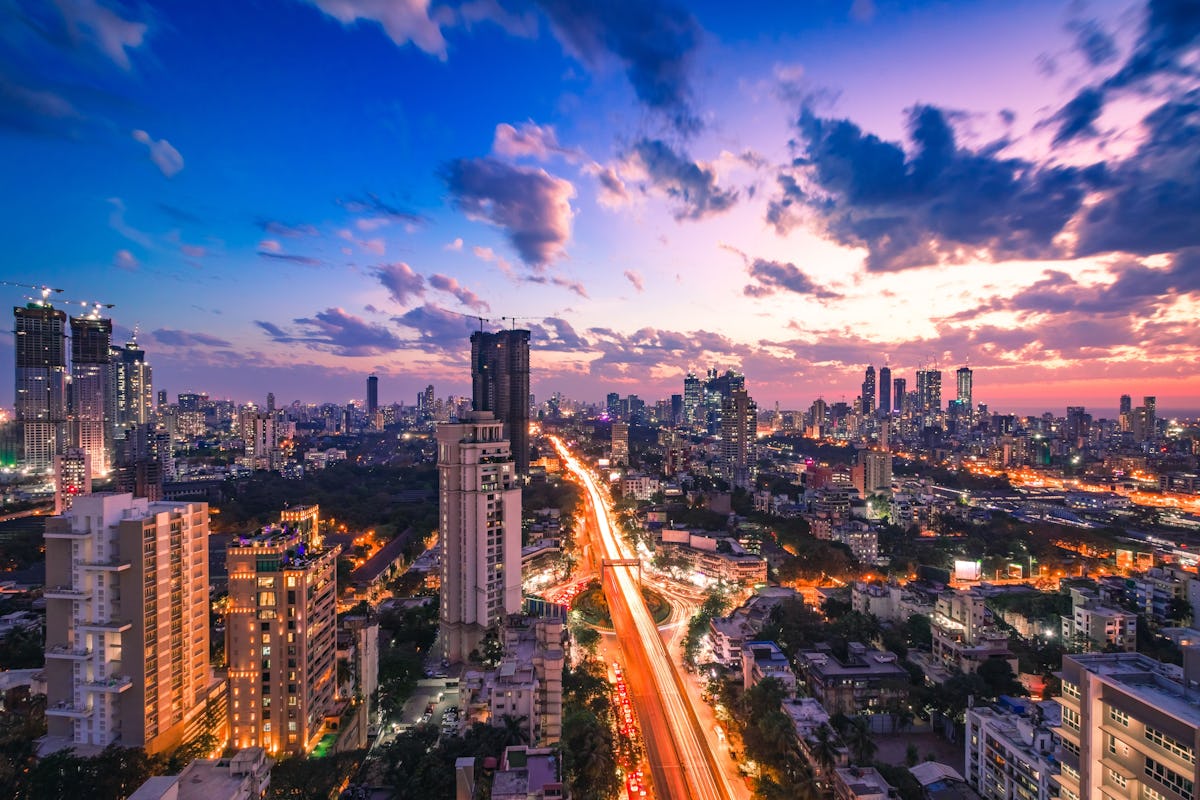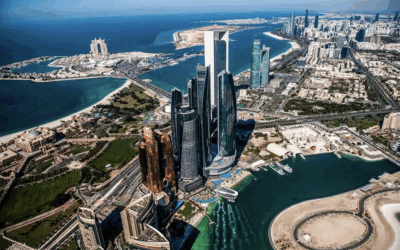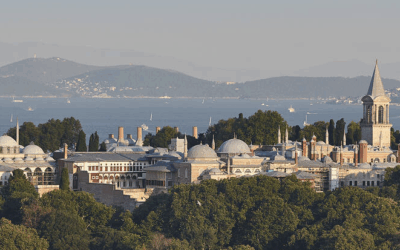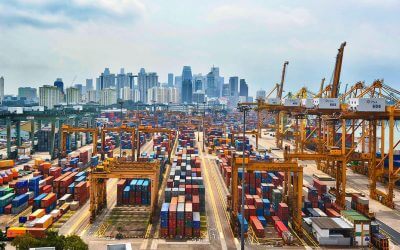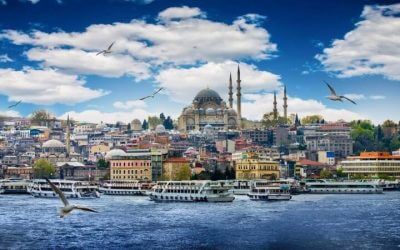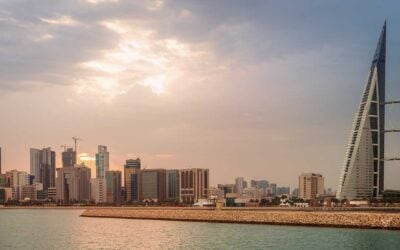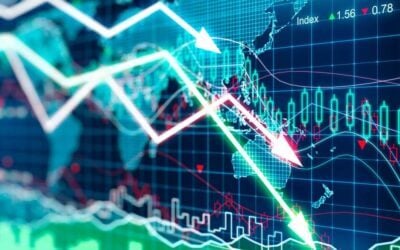Cities are the lifeblood of global economies, bustling hubs of trade, culture, and human ambition.
As the global population continues to rise, urban centers have become increasingly crowded, squeezing millions into surprisingly small geographic footprints.
From Asia’s vibrant megacities to Africa’s rapidly expanding urban centers, population density has soared, presenting a unique mix of challenges and opportunities for foreign investors.
In this guide, we’ll take a deep dive into some of the world’s most densely populated cities.
We’ll explore what drives their extraordinary population density, the economic implications, and how savvy investors can navigate these crowded metropolises.
Manila, Philippines
Leading the pack is Manila, the capital city of the Philippines, home to an astonishing density of 43,611 people per square kilometer.
Manila is a financial and shipping powerhouse, strategically positioned in the Pacific and historically a target for colonial powers due to its prime location.
Manila’s density is largely a result of rapid urban migration, fueled by job opportunities and economic activities centered around trade and shipping.
Its centuries of foreign influence, from Spanish colonization to American and Japanese occupations, have shaped a city rich in cultural diversity yet struggling to balance infrastructure with its staggering population density.
Investors keen on the Philippines should consider sectors like real estate, logistics, and financial services, which benefit directly from the city’s dense population and strategic maritime position.
Mumbai, India
Mumbai, India’s financial capital, boasts a population density of 31,700 people per square kilometer, making it one of the world’s most crowded urban centers.
Its location along India’s west coast has historically made it a critical trade hub, and today it’s home to the Bombay Stock Exchange, India’s vibrant film industry (“Bollywood”), and extensive shipping and manufacturing activities.
Mumbai’s density has created challenges like housing shortages and aging infrastructure, but also provides investors with opportunities in real estate, transportation, entertainment, and financial services.
Mumbai’s real estate market, especially luxury housing and commercial office spaces, remains a magnet for foreign capital seeking long-term growth.
Mogadishu, Somalia
At 29,900 people per square kilometer, Mogadishu is not just Somalia’s capital, but also the most densely populated city globally by some measurements.
Somalia’s recent stabilization after decades of instability has triggered a massive influx of returning refugees.
Thousands have flocked back to Mogadishu, determined to rebuild their lives and the city itself.
Investors looking at Somalia will find opportunities in construction, infrastructure, telecommunications, and trade.
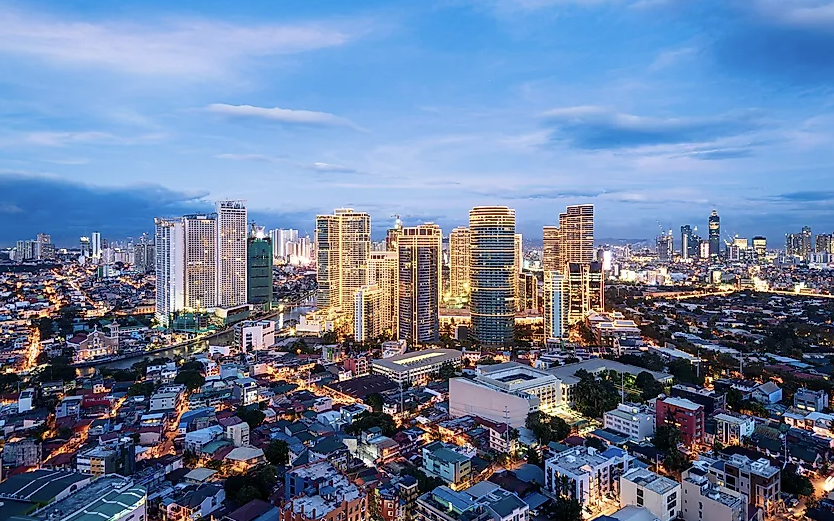
Manila leads the ranking of the world’s most densely populated cities. The capital of the Philippines is an ever-bustling city filled with opportunity, especially in the real estate segment.
Mogadishu’s dense population ensures a steady demand for housing and commercial space, healthcare facilities, and consumer goods—sectors poised for significant growth in the coming years.
Kinshasa, DR Congo
Kinshasa, the vibrant capital of the Democratic Republic of Congo, has a density of 26,048 people per square kilometer.
Over half of Kinshasa’s population is under 22 years old, a demographic boon for investors targeting consumer goods, education, technology services, and entertainment sectors.
Since DR Congo’s independence, Kinshasa has grown significantly, absorbing migrants from rural areas seeking employment and better living standards.
Investors interested in Africa’s urban growth story should note Kinshasa’s untapped market potential, particularly in the telecom sector, retail trade, and residential real estate.
Dhaka, Bangladesh
With a population density of around 23,234 people per square kilometer, Dhaka is Bangladesh’s bustling capital and economic powerhouse.
Since becoming the capital in 1972, Dhaka has rapidly expanded, driven by Bangladesh’s economic rise, a booming textile industry, and significant rural-to-urban migration.
Dhaka’s dense population has led to severe housing shortages, driving continuous construction of high-rise apartments and commercial buildings.
Foreign investors may capitalize on real estate, infrastructure development, and manufacturing sectors, particularly textiles and pharmaceuticals.
Given Bangladesh’s growing middle class and economic stability, Dhaka’s central locations are prime areas for investment, promising high returns due to perennial demand.
Seoul, South Korea
While not the densest, Seoul’s population of over 20 million people in its metropolitan area contributes to a density-driven economy, consistently ranking among the world’s urban economic powerhouses.
Its GDP per capita of over $41,944 highlights Seoul’s economic strength, driven by technology, electronics, and cultural exports like K-pop and cosmetics.
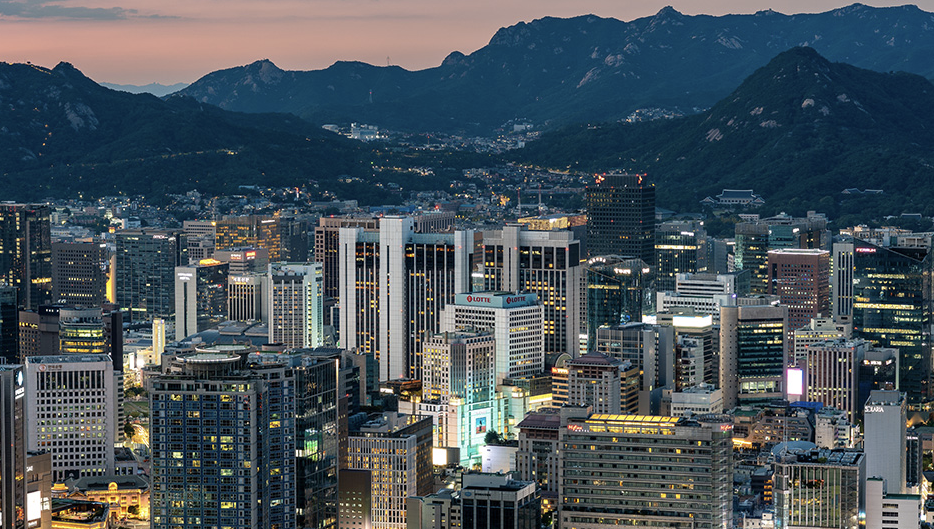
The capital South Korea, Seoul, also made the list. While not the world’s densest city, Seoul is still crowded with locals, expats, and tourists, and is one of the strongest economically.
Real estate prices in Seoul are high, reflecting strong demand from foreign investors and wealthy residents seeking centrally located properties.
Investment opportunities abound in technology startups, luxury retail, and commercial property development.
However, investors should navigate carefully due to high competition and significant capital requirements.
Port-au-Prince, Haiti
With a density of 27,395 people per square kilometer, Port-au-Prince serves as Haiti’s central economic hub, primarily driven by shipping activities and trade.
Despite facing numerous natural disasters and historical political instability, the city’s strategic Caribbean location continues to attract residents and businesses alike.
Investors considering Port-au-Prince should focus on logistics, construction, tourism infrastructure, and manufacturing.
Haiti’s proximity to North and South America and its strategic Caribbean location position it uniquely for trade-driven investments.
Baghdad, Iraq
Baghdad’s density stands at approximately 12,000 people per square kilometer.
As one of the world’s oldest continuously inhabited cities, Baghdad has endured significant turmoil, especially during the 2003 invasion of Iraq.
Yet today, it is steadily recovering, driven by oil production, manufacturing, and construction sectors.
Baghdad offers investors unique opportunities in reconstruction projects, commercial real estate, infrastructure, and energy sector investments.
As Iraq continues to stabilize politically and economically, Baghdad’s central location and historical importance promise long-term growth potential.
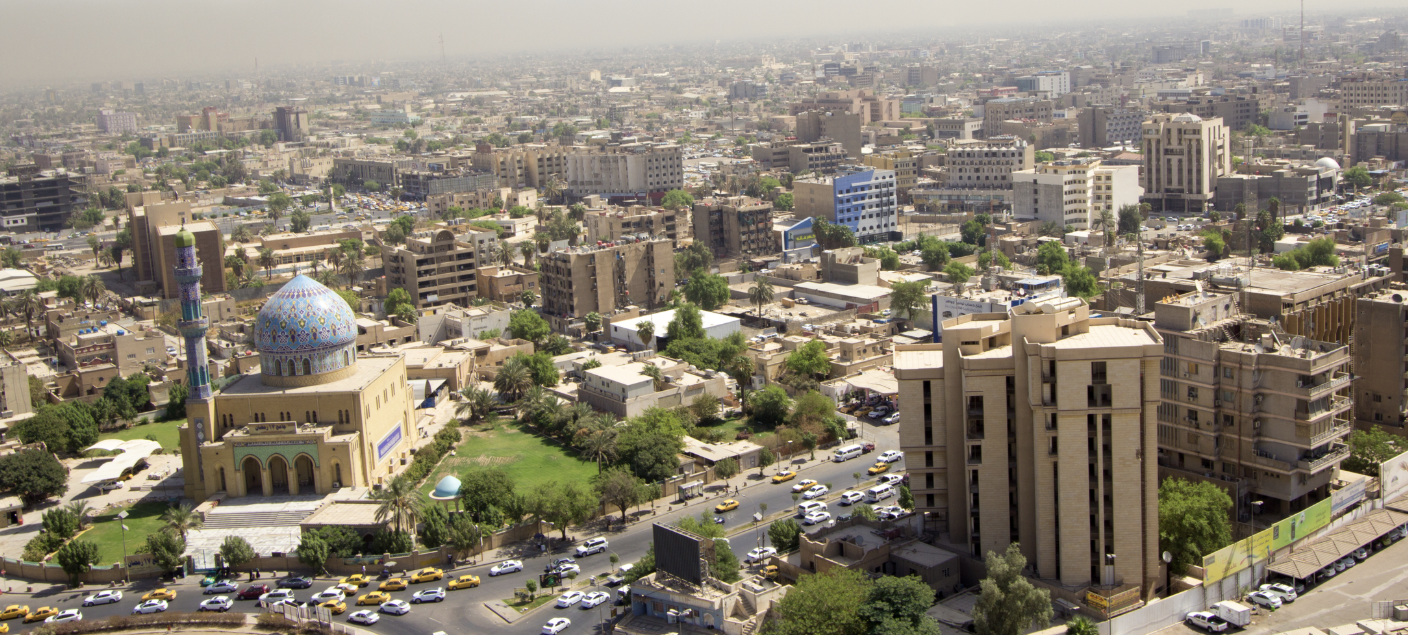
Hoping to return to its former glory as a vibrant city with historical importance, Baghdad’s rebuilding brings economic stimulation and growth.
Economic Implications of High Density
High population density often correlates with robust economic activity. Large urban populations attract multinational corporations seeking sizeable consumer bases.
For example, why pursue a market of 5 million in Costa Rica when cities like Jakarta (Indonesia) offer access to 240 million potential customers?
Yet density also brings challenges. Infrastructure can struggle to keep up with population growth, leading to traffic congestion, pollution, and inadequate housing.
Investors must carefully assess infrastructure quality, political stability, and economic growth prospects before committing capital.
Demographic trends, urbanization rates, and economic diversification are crucial indicators for evaluating a city’s investment potential.
Urbanization in Asia: Driving Growth in Megacities
Asia, the most populous continent, holds many of the world’s densest cities, including Manila, Mumbai, Seoul, and Dhaka.
Its urbanization rate is climbing rapidly, especially in emerging markets like the Philippines (47.45%) and Thailand (50.7%), compared to developed markets like South Korea (81.43%) and Japan (91.7%).
Rising urbanization rates typically drive higher real estate demand, infrastructure spending, and consumer market expansion.
Foreign investors who target Asian cities should closely monitor urbanization trends, as cities experiencing rapid urban growth often present the best opportunities for significant returns.
Conclusion: Navigating Crowded Cities
Investing in densely populated cities requires a nuanced understanding of local markets and economic drivers. Factors like infrastructure development, demographic trends, and political stability are critical for assessing opportunities.
Cities like Manila, Mumbai, Dhaka, and Kinshasa offer exceptional potential, driven by increasing urbanization and economic growth.
Yet, these dense cities also pose significant challenges, including housing shortages, infrastructure inadequacies, and socio-economic disparities.
Savvy investors who carefully balance risk and reward, leveraging detailed market insights, will find exceptional opportunities in the world’s most densely populated urban centers.
As the world continues to urbanize, the future belongs to those investors who understand that density is not just a challenge—it’s an opportunity.
After all, as the saying goes, “The city is crowded because everyone wants to be there.”

